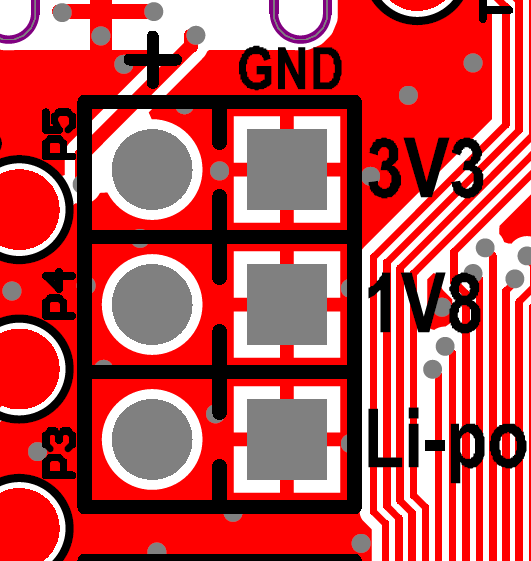Hey,
Up until now I have only been dealing with software. Now however, I want to create a device that I can use to track my bike by GPS and heading. In the future, I want to act given certain light conditions, like turn a light on when it becomes dark.
So to me, it seems like the Thingy52 will make all this possible? But .. what I don't get is how does the T52 actually make things happen? It has a lot of sensors, but .. how can I use this data to turn on an external light? I would prefer that the lights dim in and out, so I can't use a simple electrical relay..
I assume I'll need to connect additional things to the T52? But can this be done?
Any and all input appreciated.
Thanks!


